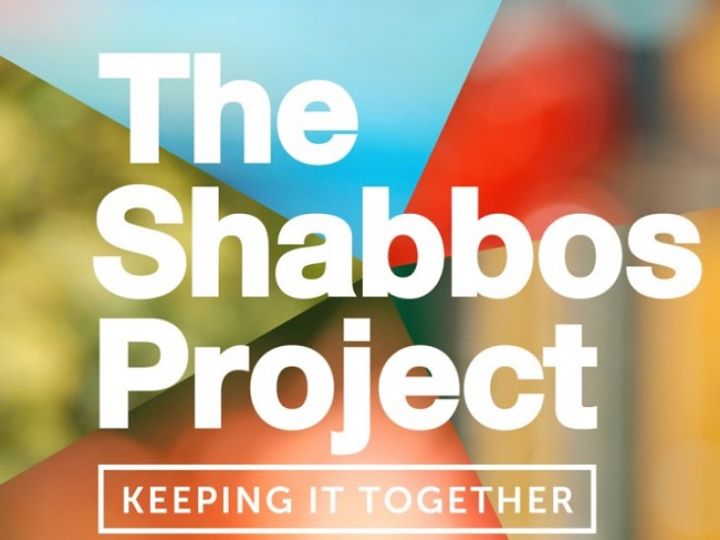Observance of the Sabbath, also known as Shabbat (שבת in Hebrew), is one of the most well-known, yet least understood, commandments of the Torah. Non-observers might think of Shabbat of a day of full restrictions and limitations; however, it is a day of rest and a gift from G-d. It allows one to take the seventh day of the week to separate oneself from the physical world and connect spiritually with the creator of the world.
Most Jews are not Shabbat-observant, but on one day of the year, over a million of Jews unite to celebrate the day of rest as part of the international Shabbos Project (“Shabbos” being a variant pronunciation of “Shabbat”). The idea originated from Dan Ariely, an Israeli-American psychologist, and South Africa’s Chief Rabbi Warren Goldstein about three years ago. As word spread, Jewish communities in about 400 cities (including Los Angeles) in 65 countries hosted the Shabbos Project last October. More than one million Jews took part in this extraordinary event. Due to the successful outcome, the Shabbos Project returned this past weekend and was hugely successful, abroad and here in LA.
Last year, the project’s major gathering in LA took place at Nessah Synagogue for both Friday night and Shabbat lunch. However, this year, with the help of community leaders Dara Abaie and Josh Golcheh, organizers were able to receive a permit from the city to close off Pico Boulevard between Beverly Drive and Doheny Drive. “One day, Josh Golcheh asked me to help him close down Pico, and I said, ‘Let’s do it!’” is how Abaie, a founder of the Jewish Unity Network (JUN) in Los Angeles, summarized the permit process.
Not only was the location different, but the outcome was nearly double the amount of the previous year’s attendees. With the help of organizations such as Ledor Vador, (JUN), Aish Los Angeles, GoSephardic, Haichal Moshe and Pico Shul, Jews in LA joined together to keep a Shabbat and made it the most memorable of them all.
“The purpose of the Shabbat Project 3000 is to gather Sephardic and Ashkenazi Jews and have a Friday night together,” Abaie said. “We want Jews to be motivated for Shabbat and the mitzvos which will help us all unite.”
The night began when about 2,500 Jews — Chabad, Ashkenazi, Sephardic and Edutei Ha’Mizrach (Near Eastern) — with different backgrounds had dinner on hundreds of tables set across Pico. Police officers and officers of the bomb squad monitored every block, from Doheny down to Beverly Drive. After dinner, groups of men sang “Am Yisrael Chai” and danced.
The Shabbos Project continued on Saturday, when Ledor Vador President Daniel Babajouni announced a Shabbat luncheon at Nessah Synagogue “to continue in the joy and unity of keeping Shabbat together.” During the meal, the synagogue president, Simon Etehad, along with Babajouni and members of the Israeli Druze Alliances welcomed five Druze military heroes of the Israeli Defense Forces to the USA. The military guests included Commander Faten Nasr Aideen, who spoke about her family’s devotion to Israel and her pride in her nationality, and Captain Hassan Makiada, who spoke about his work as a paramedic, to standing ovation. The evening concluded with a lecture about divine providence and faith by Rabbi Yadid Shofet of Nessah Synagogue, followed by Havdalah.
For me, the Shabbos Project was unlike anything I have ever experienced before. Even though I am regularly Shabbat-observant, the satisfaction and pleasure I got from spending time with my family and friends was like no other, and I never would have expected to eat Shabbat dinner on a street I pass daily. I also would not have expected to eat dinner with more than 2500 other Jews of all stripes and celebrate Shabbat with celebrities such as reggae singer Matisyahu and BCBGeneration’s Joyce Azria. The Shabbos Project united more than a million Jews around the world, and I am proud to have been part of that effort.

